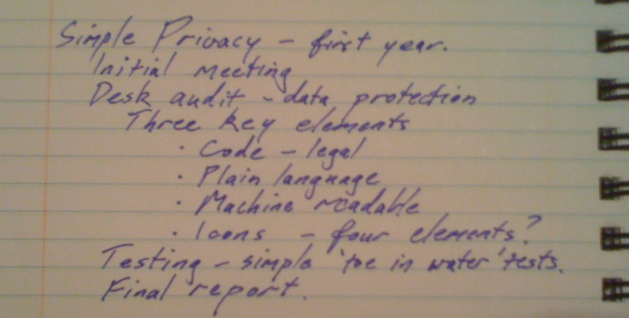39 Motivational Quotes That Will Make You Want To Start A Business
Starting a business takes the decision, willingness, commitment and the determination to finally do it. Just do it. There has never been an opportune moment to start something, do something and make something happen that will change the course of history no matter how small it is. Just begin to make an impact today not tomorrow. You can do what you are thinking about doing. All it takes is the very first step.
Make that step today and somebody will-stop and listen, stop and respond, stop and purchase, stop and buy, stop and read. You are right if you think you can and guess what you are right if you think you can’t because you are the only one stopping yourself.
These 39 inspirational and motivational quotes will Inspire you to start a business, work harder, be more productive and live fearlessly in the face of challenges.
1. You are not your resume, you are your work. – Seth Godin
2. Even if you are on the right track, you’ll get run over if you just sit there. – Will Rogers
3. Time is our most valuable asset, yet we tend to waste it, kill it and spend it rather than invest it. –Jim Rohn
4. Ideas in secret die. They need light and air or they starve to death. – Seth Godin
5. Our business in life is not to get ahead of others, but to get ahead of ourselves, to break our own records, to outstrip our yesterday by our today. -Stewart B. Johnson
6. To think creatively, we must be able to look afresh at what we normally take for granted. – George Kneller
7. Learn to listen. Opportunity could be knocking at your door very softly.— Frank Tyger
8. If you do not know how to ask the right question, you discover nothing. — William Edwards Deming
9. If plan A fails, remember there are 25 more letters.– Chris Guillebeau
10. Success is what comes after you stop making excuses.–Luis Galarza
11. If you cannot do great things, do small things in a great way.– Napoleon Hill
12. The entrepreneur always searches for change, responds to it, and exploit it as an opportunity.–Peter F. Drucker
13. People are best convinced by things they themselves discover. – Ben Franklin
14. Screw It, Let’s Do It.– Richard Branson
15. The cost of being wrong is less than the cost of doing nothing. – Seth Godin
16. The number of times I succeed is in direct proportion to the number of times I can fail and keep on trying.–Tom Hopkins
17. You don’t have to be great to start, but you have to start to be great.~ Zig Ziglar
18. You have everything you need to build something far bigger than yourself. –Seth Godin
19. The key to success is to focus our conscious mind on things we desire not things we fear. –Brian Tracy
20. Work like there is someone working twenty-four hours a day to take it all away from you.” – Mark Cuban
21. Have the end in mind and every day make sure your working towards it. – Ryan Allis
22. I never dreamed about success. I worked for it.–Estée Lauder
23. “The way to get started is to quit talking and begin doing.–Walt Disney
24. An entrepreneur tends to bite off a little more than he can chew hoping he’ll quickly learn how to chew it.–Roy Ash
25. The tragedy in life doesn’t lie in not reaching your goal. The tragedy lies in having no goal to reach.–Benjamin Mays
26. Give yourself an even greater challenge than the one you are trying to master and you will develop the powers necessary to overcome the original difficulty.–William J. Bennett
27. An invincible determination can accomplish almost anything and in this lies the great distinction between great men and little men.–Thomas Fuller
28. Success consists of going from failure to failure without loss of enthusiasm.–Winston Churchill
29. Double your rate of failure. You are thinking of failure as the enemy of success. But it isn’t at all. You can be discouraged by failure or you can learn from it, So go ahead and make mistakes. Make all you can. Because remember that’s where you will find success.-- Thomas J. Watson
30. If you can imagine it, you can achieve it; if you can dream it, you can become it.–William Arthur Ward
31. You will never influence the world by trying to be like it.
32. Study while others are sleeping; work while others are loafing; prepare while others are playing; and dream while others are wishing.–William Arthur Ward
33. You miss 100% of the shots you don’t take.–Wayne Gretzky
34. What lies behind us and what lies before us are tiny matters compared to what lies within us.–Ralph Waldo Emerson
35. Stop holding yourself back.
36. If not now, when?
37. The secret of getting ahead is getting started.
38. A year from now you will wish you had started today. -Karen Lamb
39. Start. Fail, fail, fail fast, learn, start over, succeed faster.


